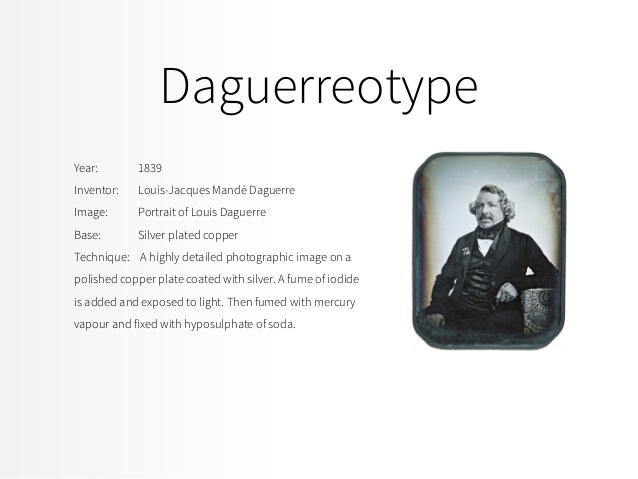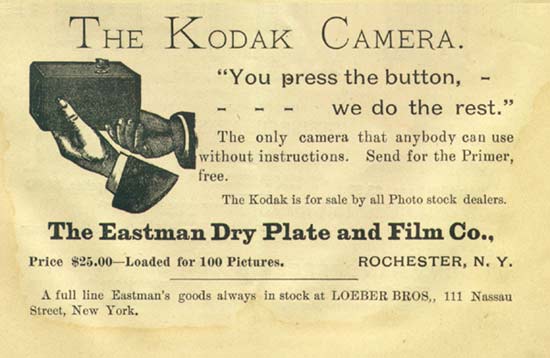World Photography Day originates from the invention of the Daguerreotype, a photographic process developed by JosephNicephore Niepceand Louis Daguerre in 1837.
On 9th January 1839, the French Academy of Sciences announced the Daguerreotype process. A few months later, on 19thAugust 1839, French government purchased the patent and announced the invention as a gift ‘Free to the World’. The word photography was first used by scientist Sir John F.W. Herschel in 1839.
To create what we know today as photography or painting with light, dates back to several inventors trying to form image.
Beginning was as early as 5th century B.C. where a small hole was used to direct the straight rays of light against a wall in a darkened room, creating an image reversed of that found on the outside (Historic Camera).
Later, by the 15th century, Leonardo Da Vinci would describe clearly a similar device, now coined by its name as Camera Obscura, that followed the same principals but in a smaller instrument consisting of a wooden box.
By the 16th century, a lens is added to the configuration to have greater control of the light entering the device. Modern camera Obscura with optics was built by English scientists Robert Boyle and Robert Hooke.
Now challenge left was to record and fix the image. In 1816, Frenchman Nicephore Niepce made a crude wood camera fitted with a microscopic lens. He invented Heliography around 1826, which he used to make the earliest known permanent photograph from nature, View from the Window at Le Gras.



